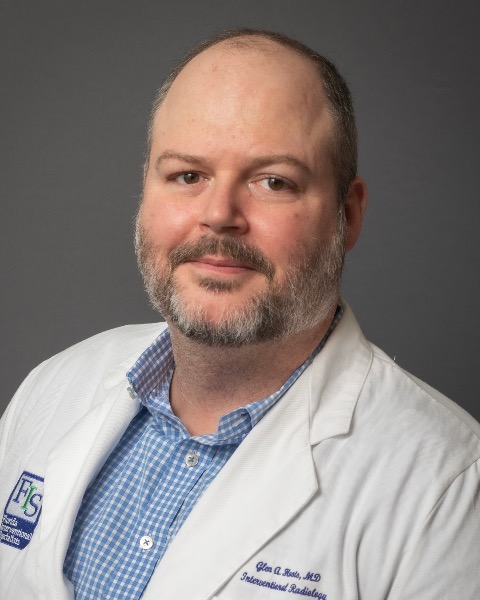SIR 2025
Venous Interventions
Scientific Session
Computer-Assisted Vacuum Thrombectomy vs. Anticoagulation for Ilio-Femoral Deep Vein Thrombosis treatment: A comparative analysis of hospital and post-hospital outcomes.

Glenn Hoots, MD (he/him/his)
Prog. Dir. Integrated & Independent IR/DR Residency Progs. Assoc. Prof./ Vice Chief Dept. Radiology
University of South Florida Morsani School of Medicine / Tampa General Hospital, United States
Kush Desai, MD, FSIR (he/him/his)
Professor of Radiology, Surgery, and Medicine
Northwestern University, United States
Raghu Kolluri, MD
System Medical Director - Vascular Medicine and Vascular Laboratories
OhioHealth Heart and Vascular, United States- AC
Anthony Comerota, MD
Medical Director Emeritus
Inova Heart and Vascular Institute Fairfax, United States - RR
Robert Ryu, MD, FSIR
Associate Chief Medical Officer, Professor
University of Colorado, United States - JB
Jean Bismuth, MD
Professor of Surgery / Chief, Division of Vascular Surgery
University of South Florida, Morsani College of Medicine / Tampa General Hospital, United States - KM
Karlyn Martin
Northwestern University, United States
- SB
Stephen Black, M.D.
Professor of Surgery
Guy's and Saint Thomas Hospital, United Kingdom - PM
Patrick Muck, MD
Chief of Vascular Surgery & Program Director Vascular Fellowship & Integrated Residency
TriHealth – Good Samaritan Hospital, United States
Presenting Author(s)
Author/Co-author(s)
To describe and compare healthcare resource use and outcomes among patients with ilio-femoral deep vein thrombosis (IF-DVT) treated with computer-assisted vacuum thrombectomy (CAVT) or anticoagulation (AC) in the United States.
Materials and Methods:
This retrospective observational study used deidentified data from inpatient adults (≥18 years) in the Vizient Clinical Data Base1 diagnosed with IF-DVT without diagnosis of pulmonary embolism who were discharged between 07/1/2020 and 09/30/2023. ICD-10 diagnosis and procedure codes captured the DVT location and treatment. Propensity score matching (PSM) balanced the CAVT and AC groups at a 1:1 ratio using demographics, payer and hospital type as covariates. Study endpoints were length of stay (LOS), discharge status, in-hospital mortality, composite complications, and 30-day all cause and DVT related readmissions. Statistical analyses involved descriptive statistics, Chi-Square, Kruskal-Wallis, or ANOVA F-tests.
Results:
After PSM, 404 CAVT patients were matched to 404 AC patients. Baseline characteristics were balanced, aside for racial composition (p=0.0008) where CAVT group had more White patients (68.3% vs 54.0%) vs AC group. The CAVT group had a shorter mean LOS vs the AC group (5±4.08 days, with 3.2 days occurring post-procedure vs 6±2.72 days for AC, p< 0.0001). Composite complications were 3.2% for CAVT and < 1% for AC, which are lower than individual complication rates reported for similar interventions in prior studies2. No significant differences in mortality, 30-day all-cause or DVT-related readmissions were observed. Admission source differed between groups (p < 0.0001), where more patients in the CAVT group were admitted from another hospital (16.3% vs 4%) and fewer patients admitted from a non-facility origin (68.6% vs 87.6%) compared to AC. After index hospitalization, more CAVT patients were discharged to home vs AC patients (68.8% vs 49.3%, p< 0.0001), and fewer were discharged to home health (17.1% vs 24.0%, p=0.0148) and skilled nursing facilities (SNF) (9.2% vs 18.1%, p=0.0002).
Conclusion:
CAVT for the treatment of IF-DVT was associated with shorter hospital LOS when compared to AC. Safety outcomes for CAVT cohort were comparable to AC. Further, CAVT was associated with more discharges to home and fewer discharges to home health and SNF.


.jpg)